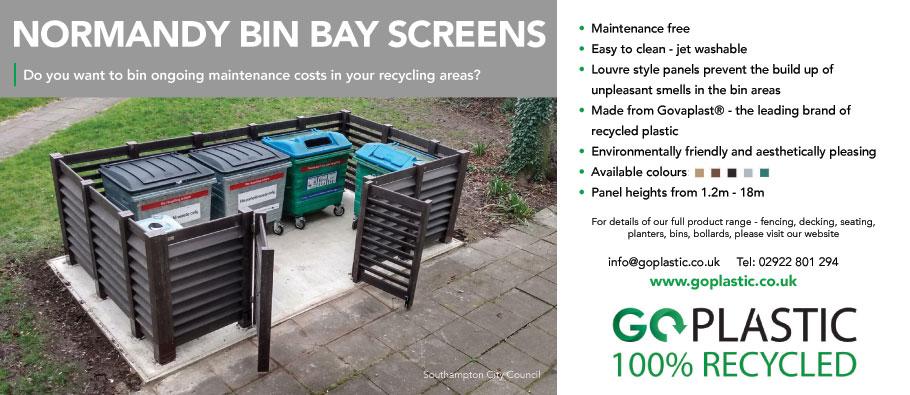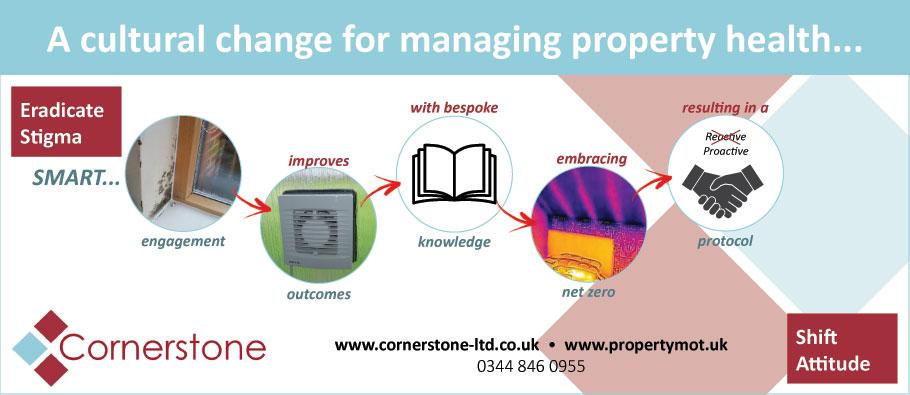Reducing the human cost of rising energy bills
The cap on fuel prices will rise in October, increasing the gap between the cost of energy and what people can afford by 9%. This will undoubtedly worsen the issue of inadequately heated homes nationwide. What can social housing providers do to help their tenants avoid falling into the fuel poverty trap? Joe Bradbury of Housing Association Magazine discusses:

Rising costs
It has now been confirmed that annual energy bills for five million vulnerable households will increase by up to £47 after the UK industry regulator raised the cap on prices for the second time this year on the back of higher wholesale costs.
Ofgem, the energy markets regulator, said the rise, due to come into effect in October, would see the level of the safeguard tariff rise to £1,136 a year for a typical customer using both electricity and gas. Suppliers cannot charge more than the cap but are expected to increase their tariffs to the maximum.
All the big six energy suppliers, and many of the newer challenger firms, have recently raised prices, blaming an increase in wholesale costs.
How big of an issue is fuel poverty?
According to the ‘End Fuel Poverty Coalition,’ there are around 4.5 million fuel poor homes in the UK today. There are also a further 21 million UK households suffering with poor energy efficiency - below B and C on an Energy Performance Certificate.
A fuel poor household is roughly defined as one which needs to spend more than 10% of its income on all fuel use and to heat its home to an adequate standard of warmth (21°C in the living room and 18°C in other occupied rooms).
Fuel poverty is a perpetual annual cycle of misery for those affected. In a bid to try and struggle through the winter many tenants result to either using their central heating sporadically, or using small space heaters instead. Unfortunately, this often leads to high levels of condensation within a household, where small sections of the house are warm and the surrounding rooms are cold. Where cold air meets warm surfaces is the perfect environment for mould and damp to flourish, leaving poor health implications and damaged property in its wake. Fuel poverty is a massive issue.
Sustainable solutions
Most of the housing sector is now in agreement that the only tangible long-term sustainable solution for alleviating fuel poverty would be to establish a properly funded programme to insulate all affected homes and ensure an efficient and up-to-date heating system is installed. Of course, guaranteeing this outcome would require significant investment – estimated at about £1.7 billion per annum over 15 years.
Although such significant investment seems unfeasible, one must consider how fuel poverty can severely affect people’s health because homes are often under-heated. Fuel poverty puts enormous pressure on hospitals and doctors surgeries across the country. This is not only because of the physical and mental impact of living in a cold home, but also because it can actually extend the period of time a vulnerable patient is kept in hospital, with some actually not being discharged until their home is renovated to a habitable state once again. The impact is estimated to burden the NHS with costs of £1.36 billion per annum. It is also a known contributor to the 25,000 excess winter deaths per year in England and Wales. As the ageing population increases, with diminishing pensions so will the health risks and related cost.
Renewable technology
Adding renewable heating, such as air source heat pumps can immediately help alleviate fuel poverty. By extracting renewable energy from the outdoor air, the system maximises the energy provided to the household and can offer a reduction in run costs; studies suggest by up to as much as 10% of the UK national average. Because heat pumps are best suited to more continuous running, they ALSO provide a more constant level of comfort for vulnerable residents, throughout the property. This in turn, is better for the HA's asset as it helps mimimise the damage of damp and mould, thereby reducing maintenance costs
long term.
In summary
Sadly, along with the price cap, the gap between action to deliver warm homes and the ambition to do so also seems to be increasing; as responsible housing professionals we need to do everything within our power to address this for our tenants. Everybody has the right to a warm home.
This article and other blogs by HA’s Joe Bradbury appear regularly on www.les.mitsubishielectric.co.uk/the-hub which contains useful and informative articles on legislation, technology and sustainability.
- Log in to post comments

















